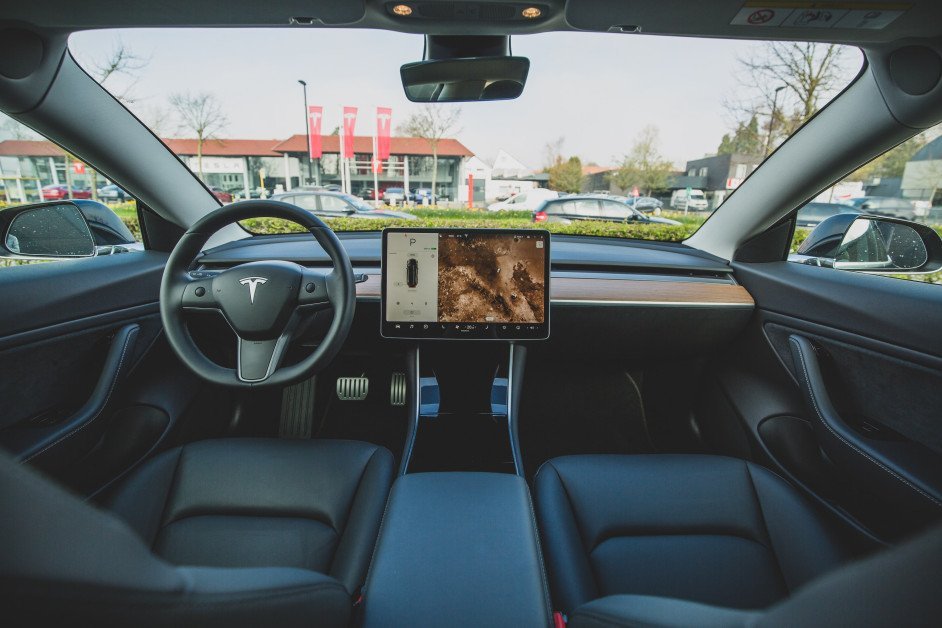Artificial Intelligence
Team Creates New Lidar System That Could Improve Autonomous Driving Safety

A team of investigators led by Susumu Noda from Kyoto University in Japan have described their new non-mechanical 3D lidar system in Optica. The new system can fit into the palm of the hand and can be used to measure the distance of poorly reflective objects and automatically track the motion of the objects.
“With our lidar system, robots and vehicles will be able to reliably and safely navigate dynamic environments without losing sight of poorly reflect objects such as black metallic cars,” Noda says. “Incorpating this technology into cars, for example, would make autonomous driving safer.”
Thanks to the researchers' development of a unique chip-based light source called a dually modulated photonic-crystal laser (DM-PCSEL), the new system was made possible. This advancement may eventually lead to the creation of an on-chip, all-solid-state 3D lidar system.
“The DM-PCSEL integrates non-mechanical, electronically controlled beam scanning with flash illumination used in flash lidar to acquire a full 3D image with a single flash of light,” Noda says. “This unique source allows us to achieve both flash and scanning illumination without any moving parts or bulky external optical elements, such as lenses and diffractive optical elements.”
The Combination of Scanning and Flash Illumination
Lidar systems use laser beams to illuminate objects and calculate their distance by measuring the time it takes for the beams to travel, reflect, and return (ToF). However, most lidar systems currently in use and under development rely on moving parts such as motors to scan the laser beam, making them bulky, expensive, and unreliable.
Flash lidar is a non-mechanical approach that uses a single broad, diffuse beam of light to illuminate and evaluate the distances of all objects in the field of view. However, flash lidar systems are unable to measure the distances of poorly reflective objects such as black metallic cars due to their low reflectivity. Moreover, external lenses and optical elements are required to create the flash beam, making these systems large.
The researchers developed the DM-PCSEL light source to overcome these limitations. The light source includes a flash source that can illuminate a wide 30°×30° field of view and a beam-scanning source that provides spot illumination with 100 narrow laser beams.
The researchers integrated the DM-PCSEL into a 3D lidar system, which enabled them to measure the distances of multiple objects simultaneously using wide flash illumination while selectively illuminating poorly reflective objects with a more concentrated beam of light. To perform distance measurements and automatic tracking of the motion of poorly reflective objects, the researchers installed a ToF camera and developed software that uses beam-scanning illumination.
Measuring the Distance of Poorly Reflective Objects
“Our DM-PCSEL-based 3D lidar system lets us range highly reflective and poorly reflective objects simultaneously,” says Noda. “The lasers, ToF camera and all associated components required to operate the system were assembled in a compact manner, resulting in a total system footprint that is smaller than a business card.”
The researchers demonstrated the new system by using it to measure the distances of poorly refelctive objects that were placed on a table in a lab. They were also able to demonstrate that the system could automatically recognize poorly reflective objects and track their movement through selective illumination.
The team will now look to demonstrate the system in practical applications like the autonomous movement of robots and vehicles.






